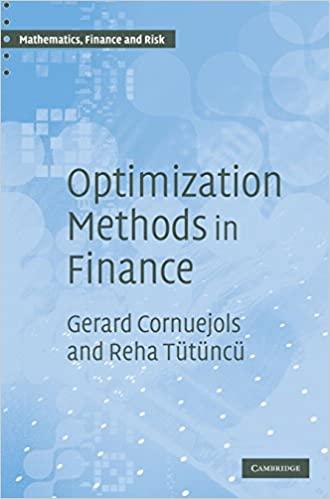Question
2. O'Brien Computers Inc. needs to raise $35 million to begin producing a new microcomputer. O'Brien's straight, nonconvertible debentures currently yield 12 percent. Its stock
2. O'Brien Computers Inc. needs to raise $35 million to begin producing a new microcomputer. O'Brien's straight, nonconvertible debentures currently yield 12 percent. Its stock sells for $38 per share, the last dividend was $2.46, and the expected growth rate is a constant 8 percent. Investment bankers have tentatively proposed that O'Brien raise the $35 million by issuing convertible debentures. These convertibles would have a $1,000 par value, carry an annual coupon rate of 10 percent, have a 20-year maturity, and be convertible into 20 shares of stock. The bonds would be noncallable for 5 years, after which they would be callable at a price of $1,075; this call price would decline by $5 per year in Year 6 and each year thereafter. Management has called convertibles in the past (and presumably will call them again in the future), once they were eligible for call, as soon as their conversion value was about 20 percent above their par value (not their call price) . Suppose the previously outlined projects work out on schedule for 2 years, but then O'Brien begins to experience extremely strong competition from Japanese firms. As a result, O'Brien's expected growth rate drops from 8 percent to zero. Assume that the dividend at the time of the drop is $2.87. The company's credit strength is not impaired, and its value of ks is also unchanged. What would happen (1) to the stock price and (2) to the convertible bond's price? Be as precise as you can.
Step by Step Solution
There are 3 Steps involved in it
Step: 1

Get Instant Access to Expert-Tailored Solutions
See step-by-step solutions with expert insights and AI powered tools for academic success
Step: 2

Step: 3

Ace Your Homework with AI
Get the answers you need in no time with our AI-driven, step-by-step assistance
Get Started


